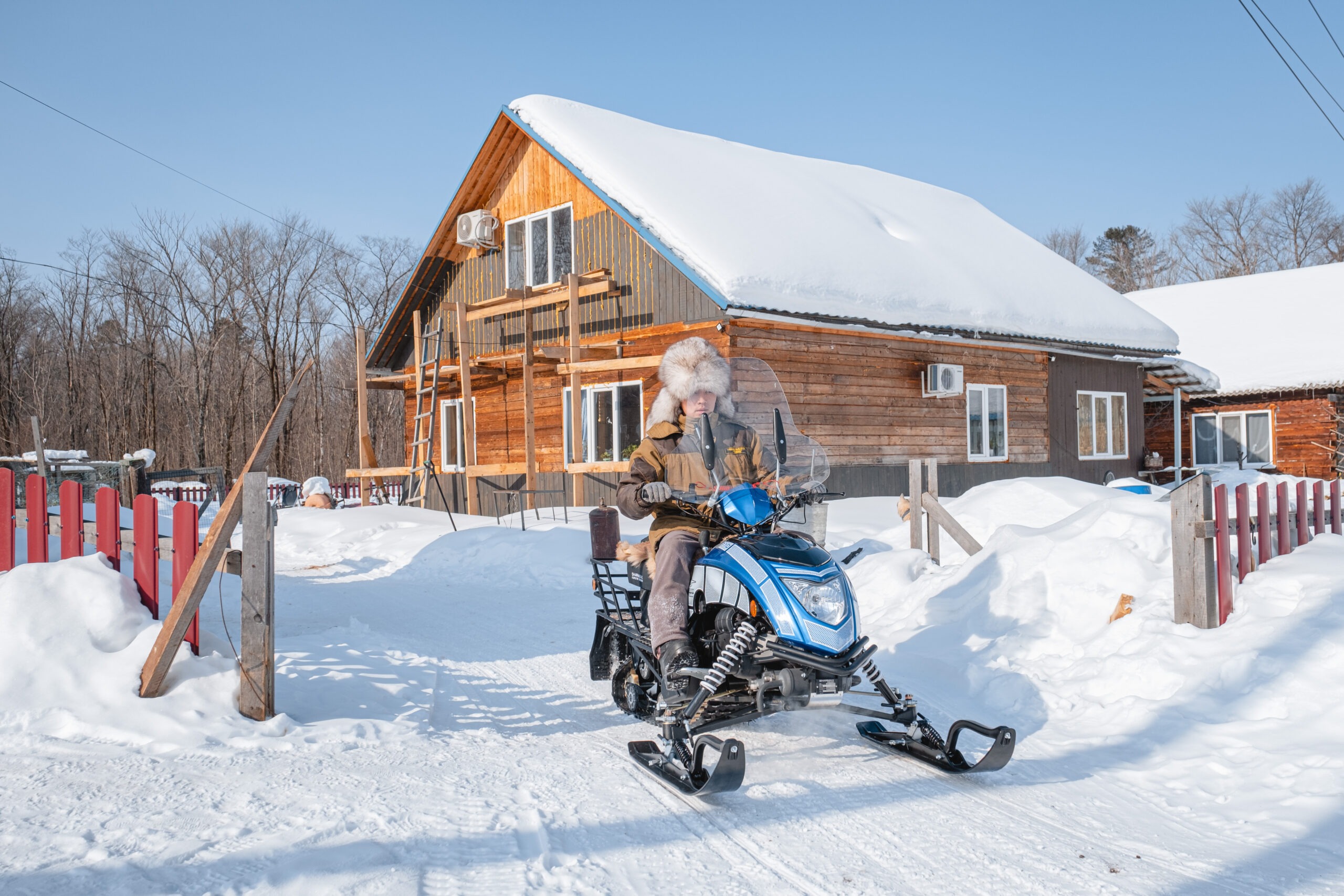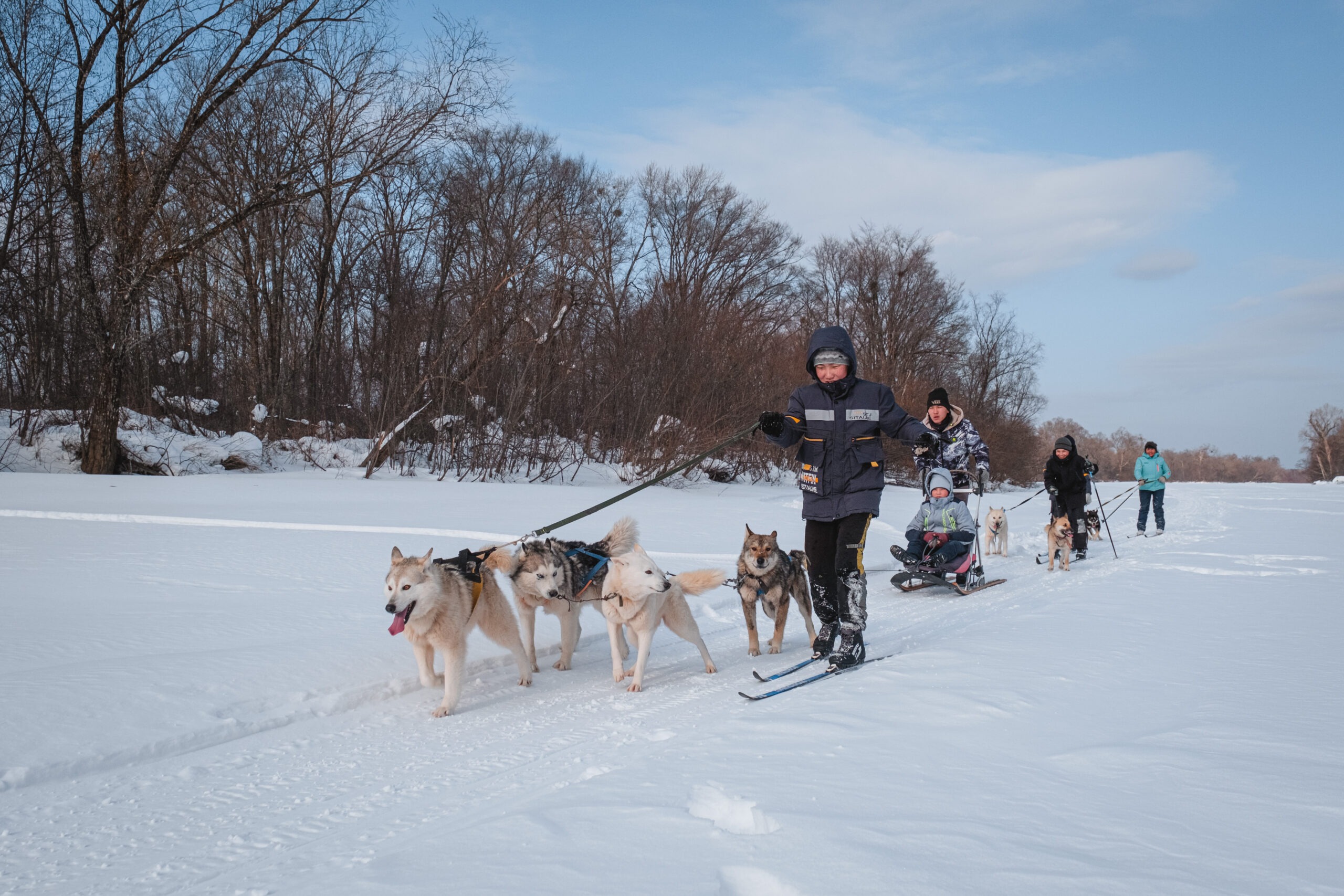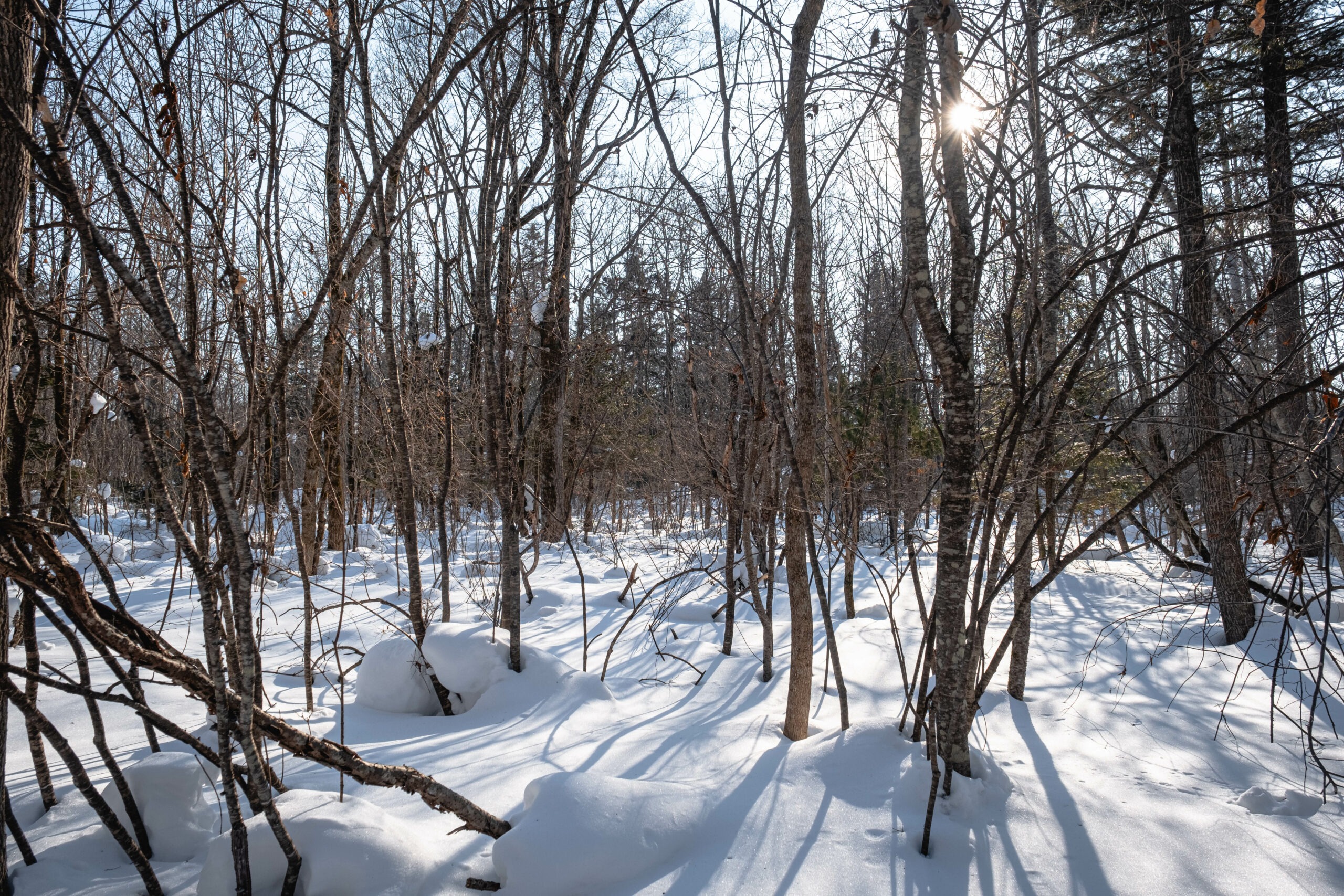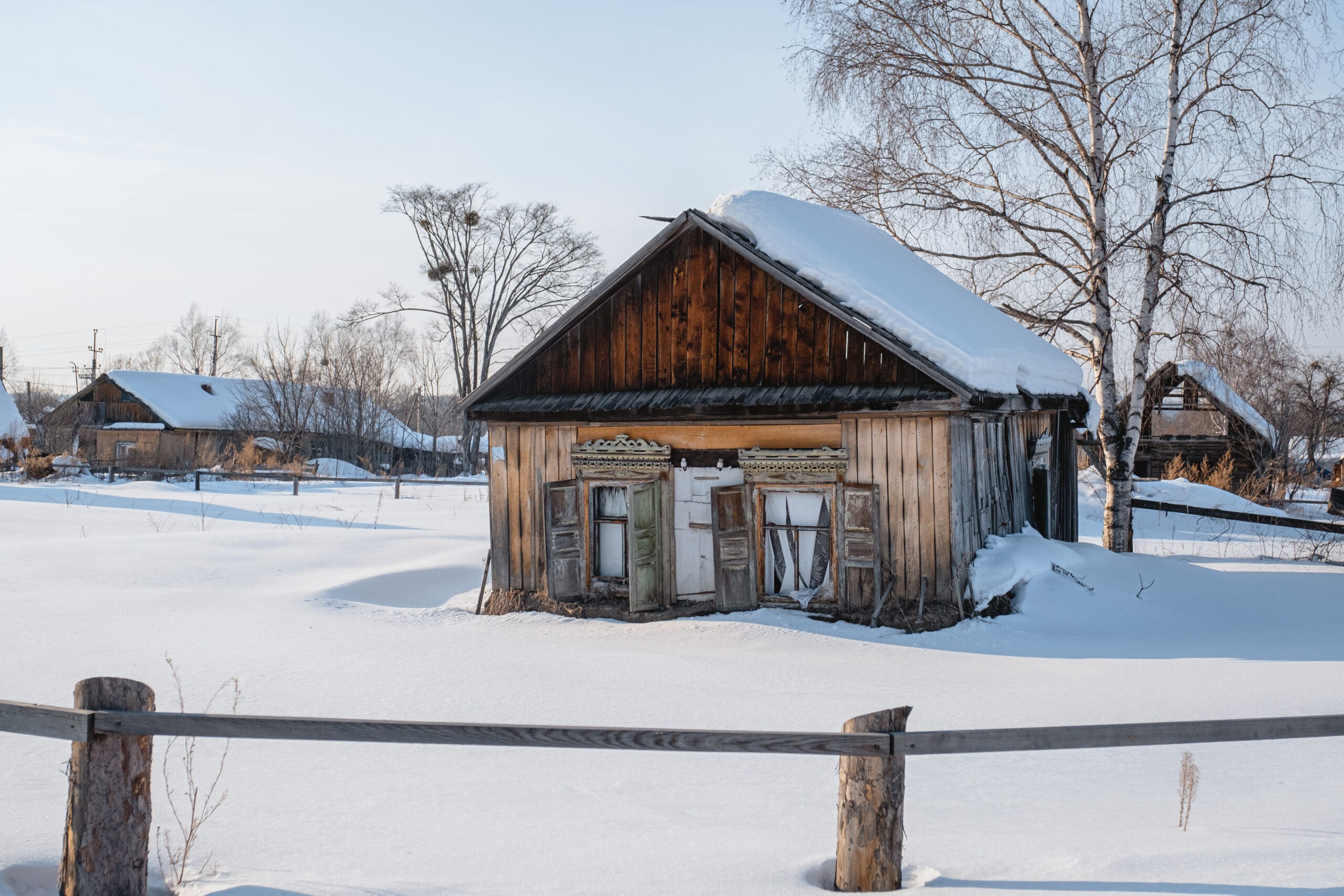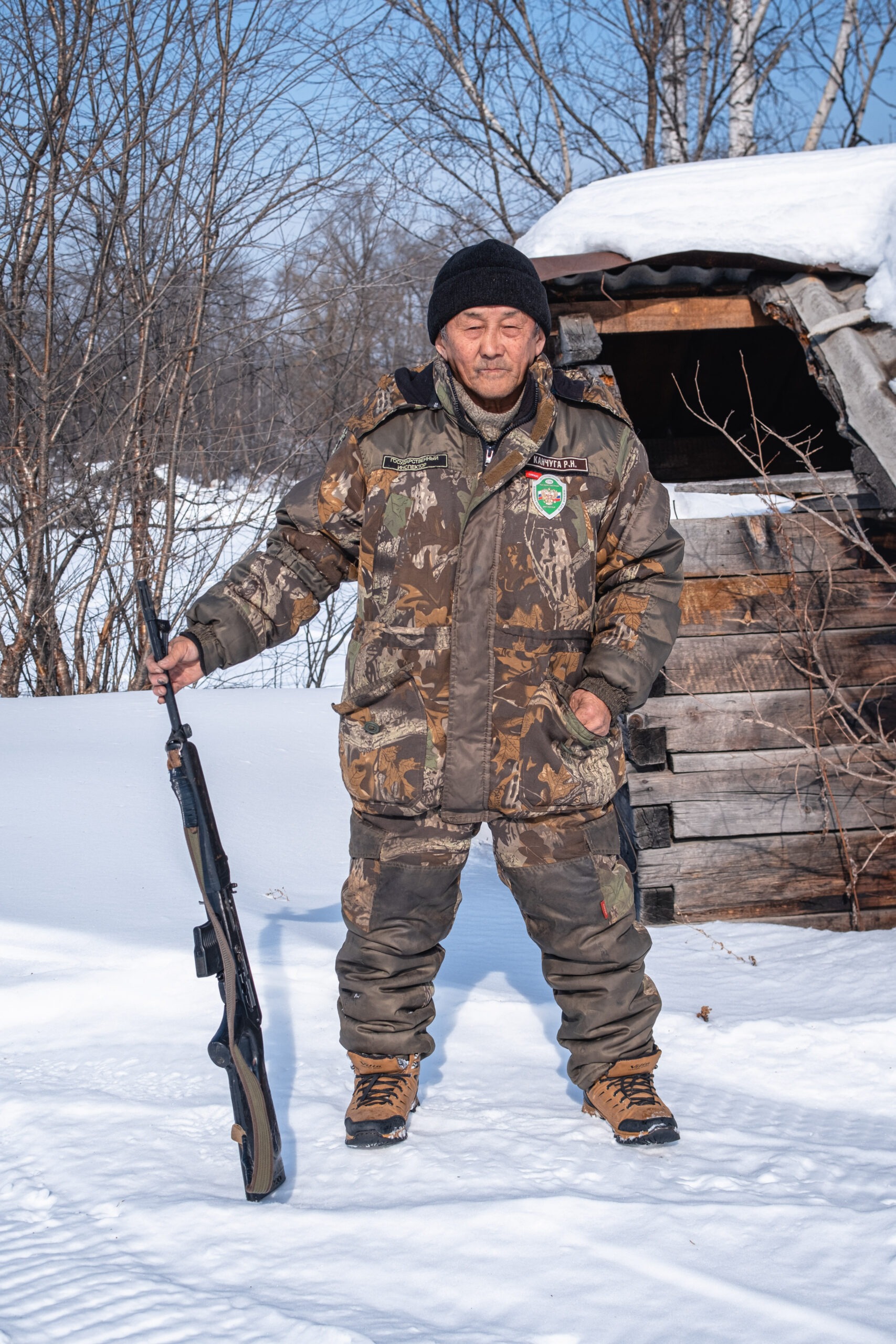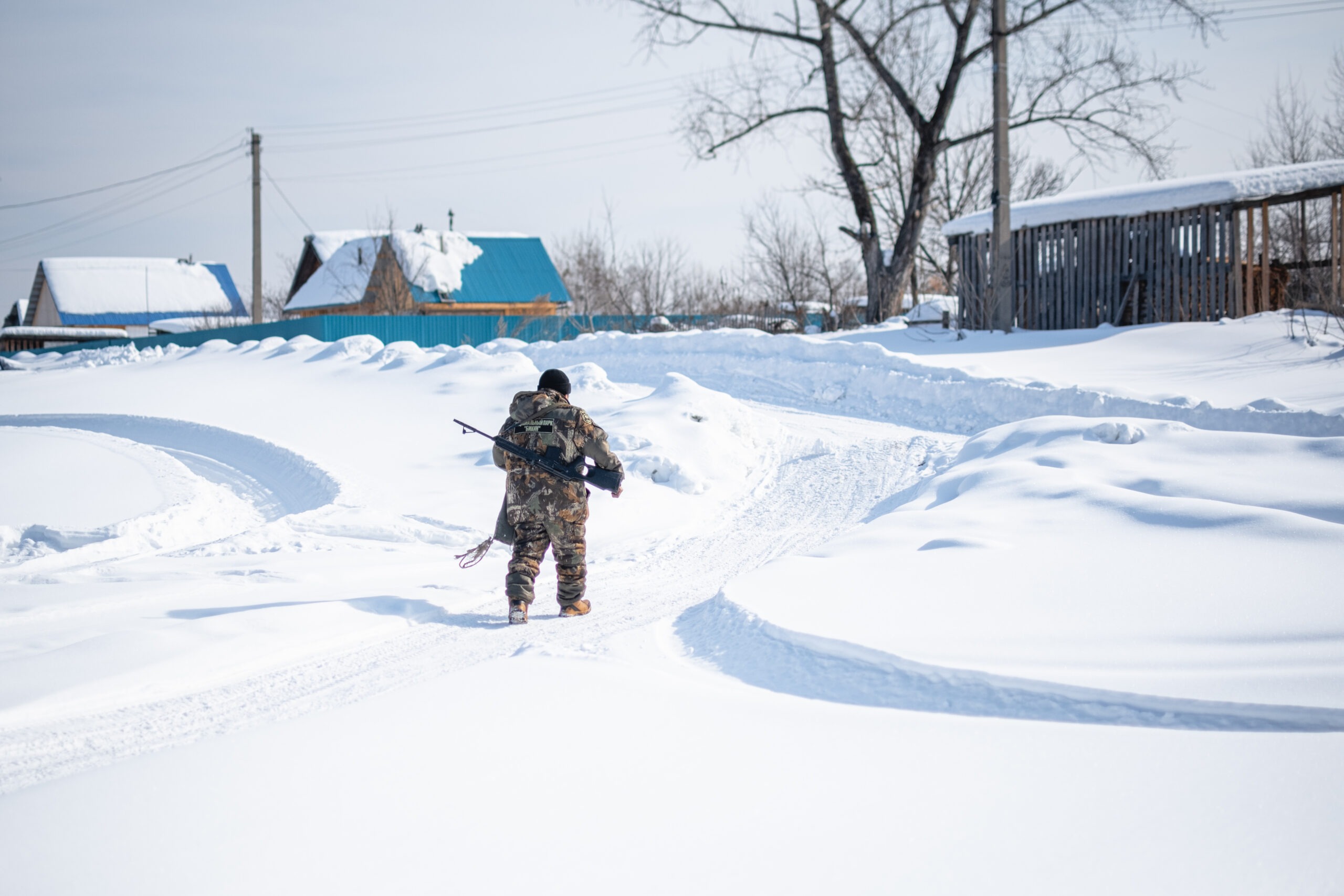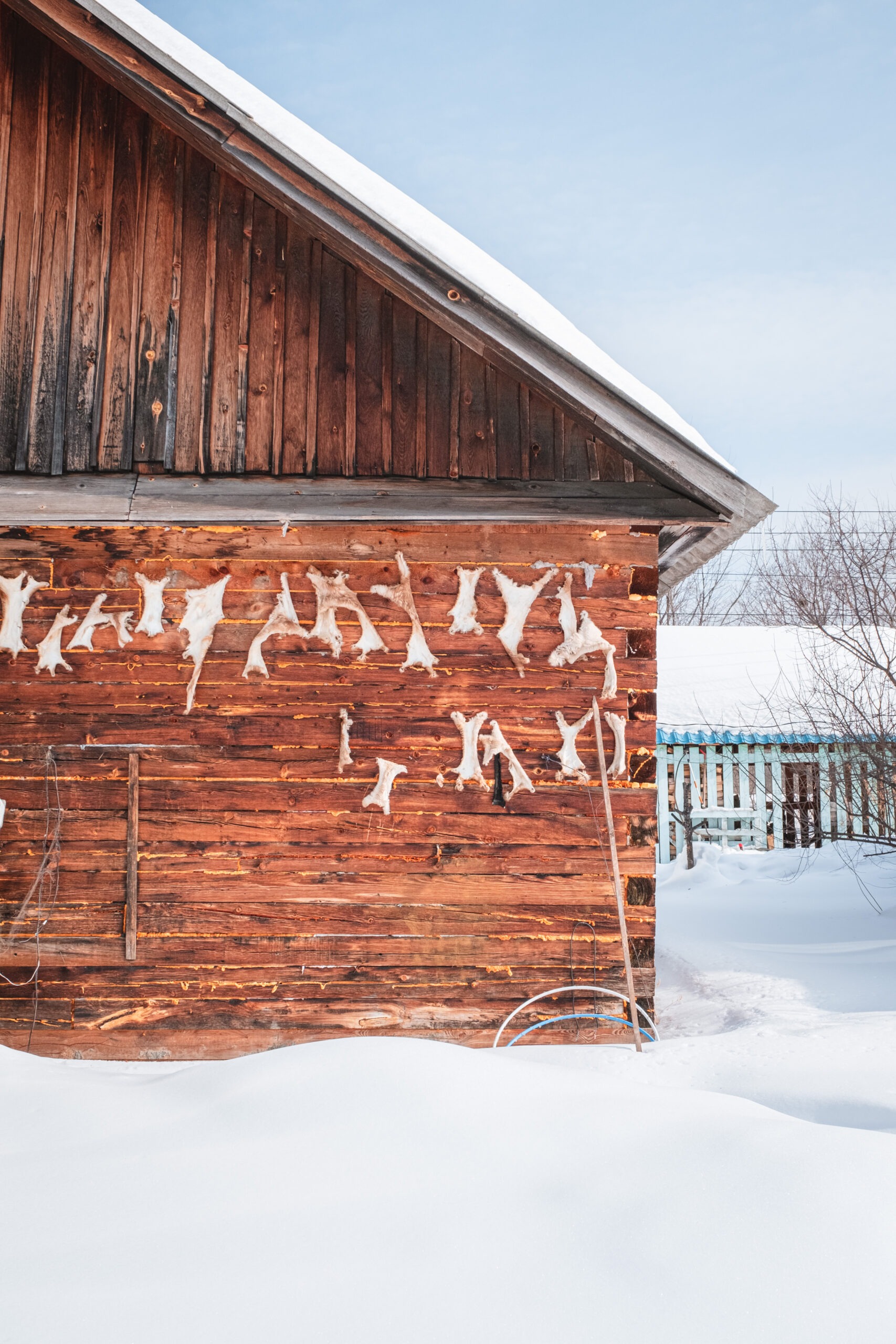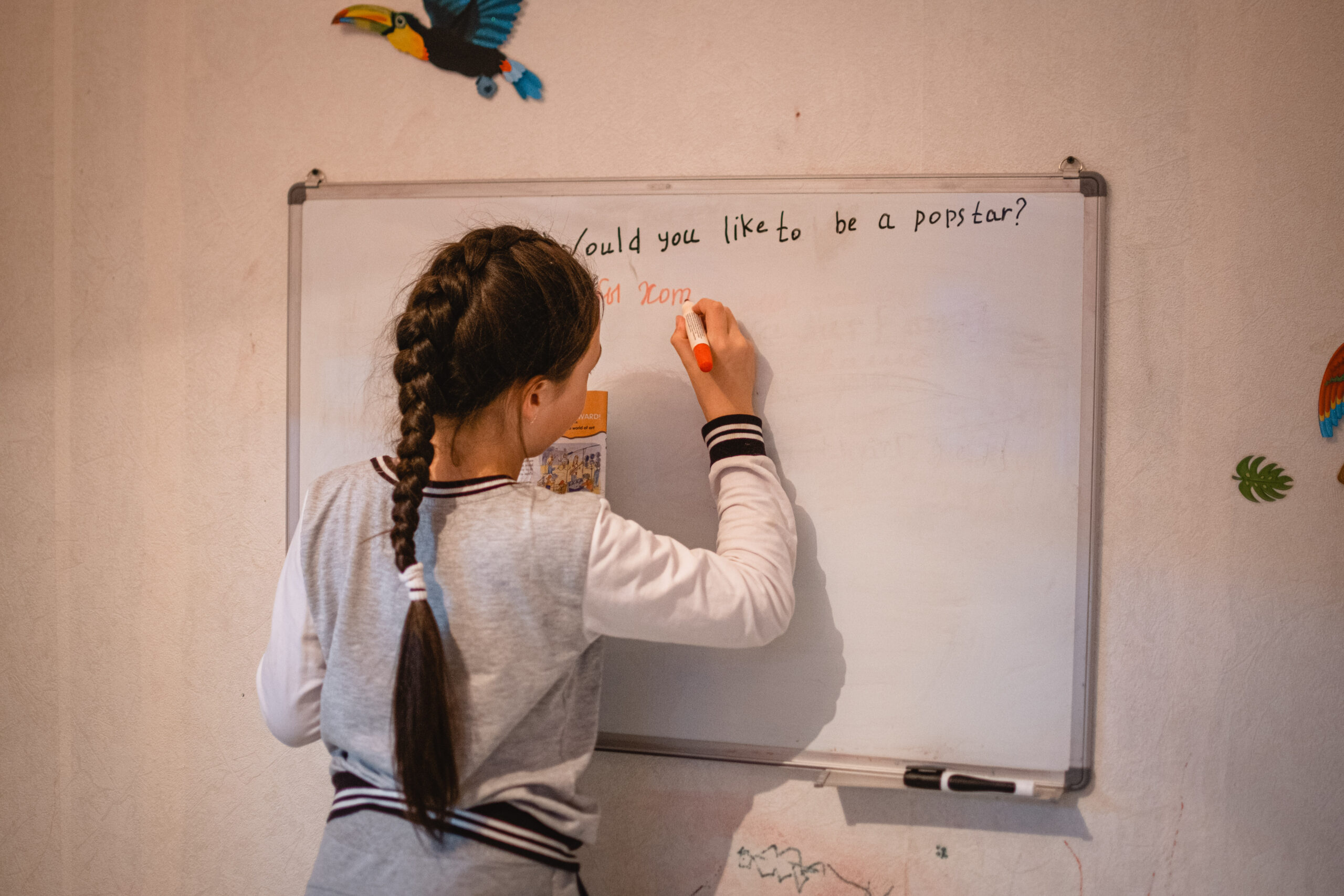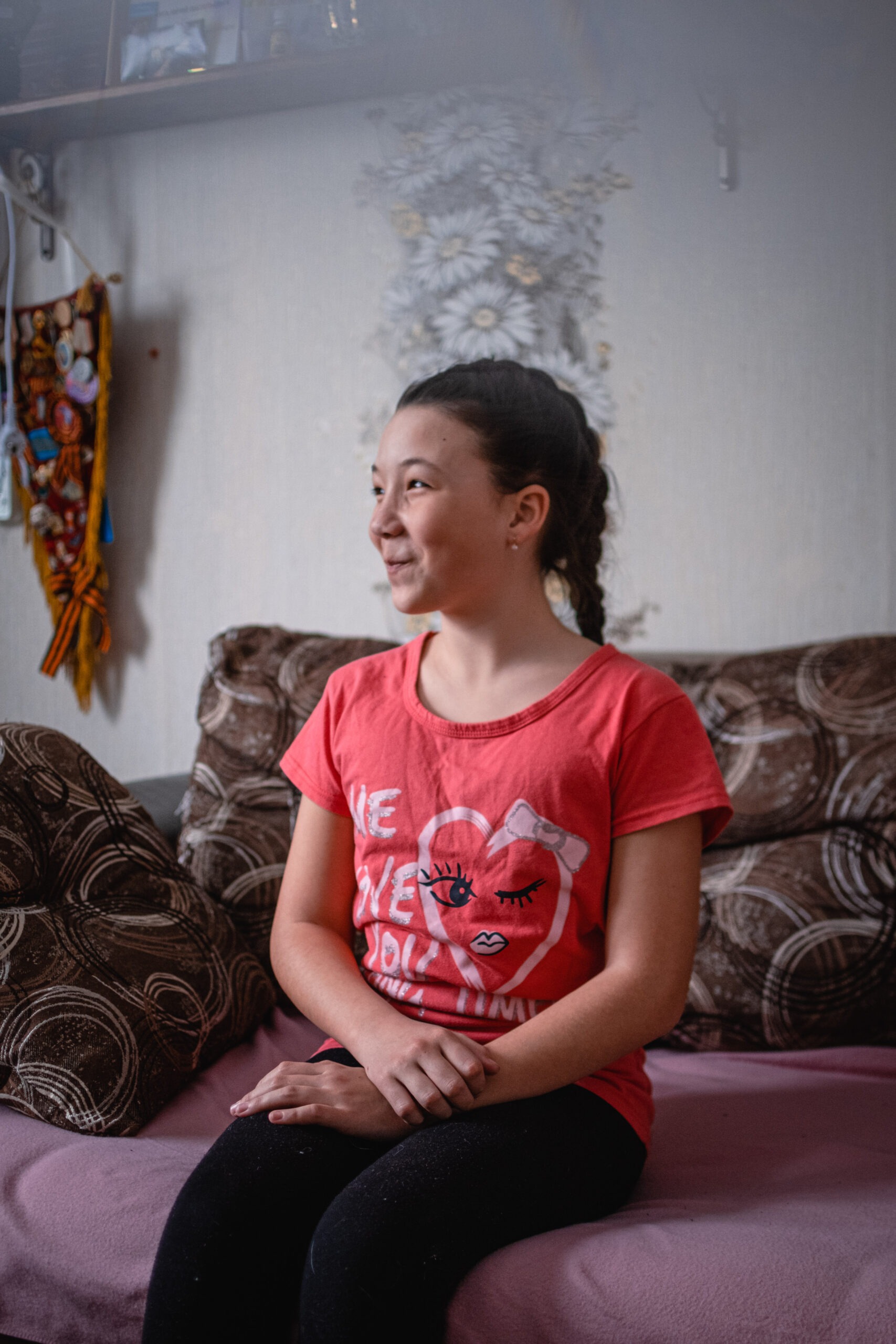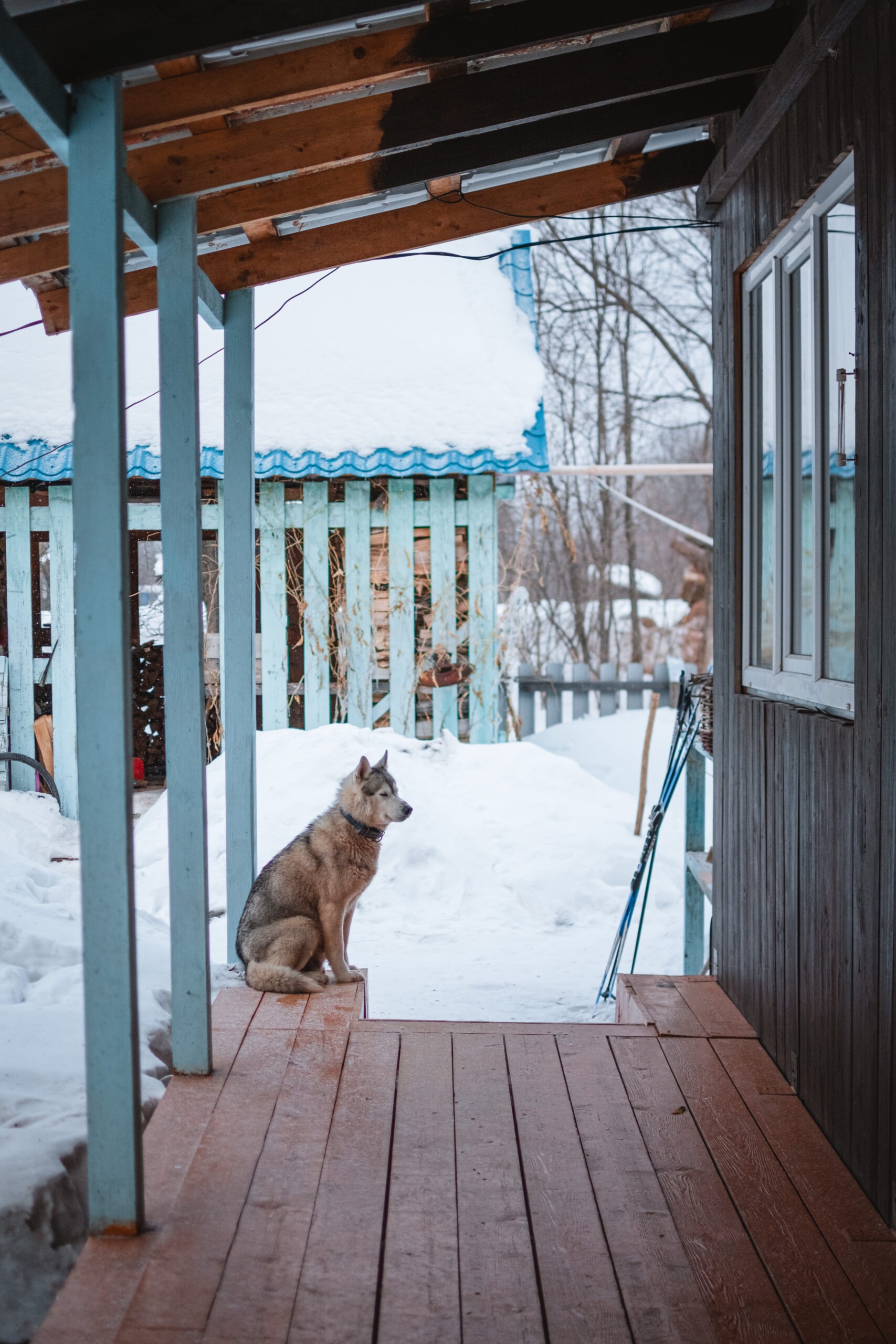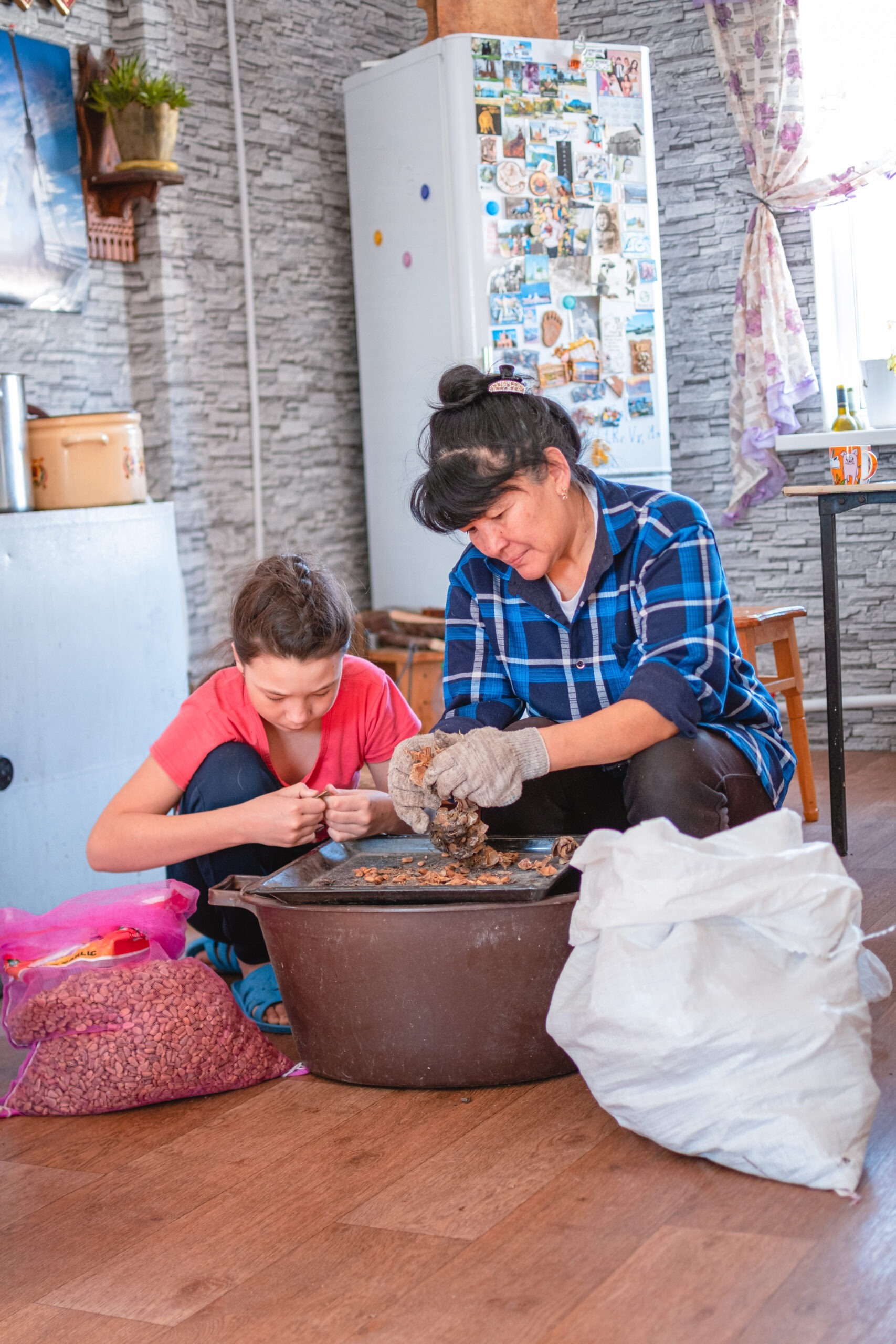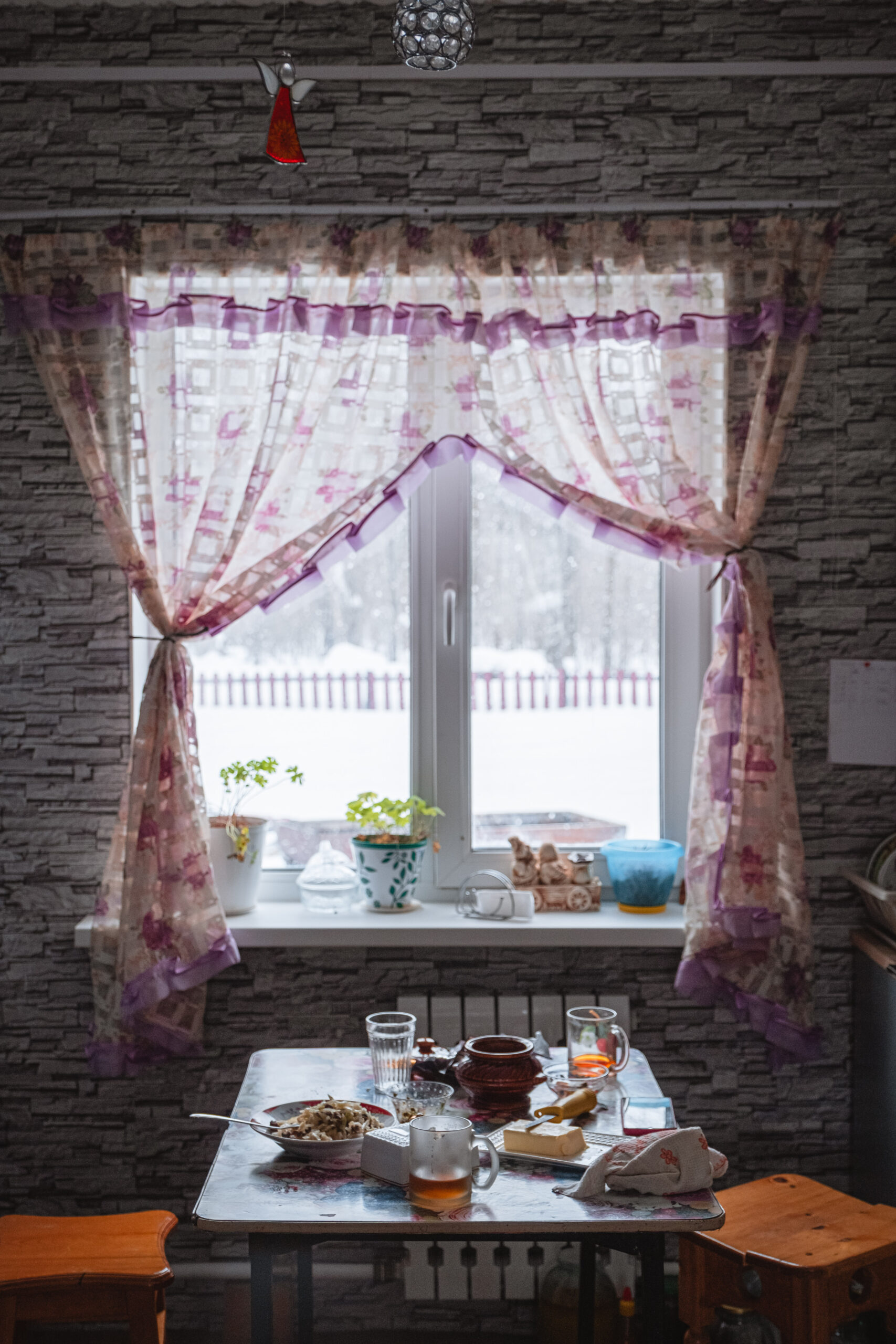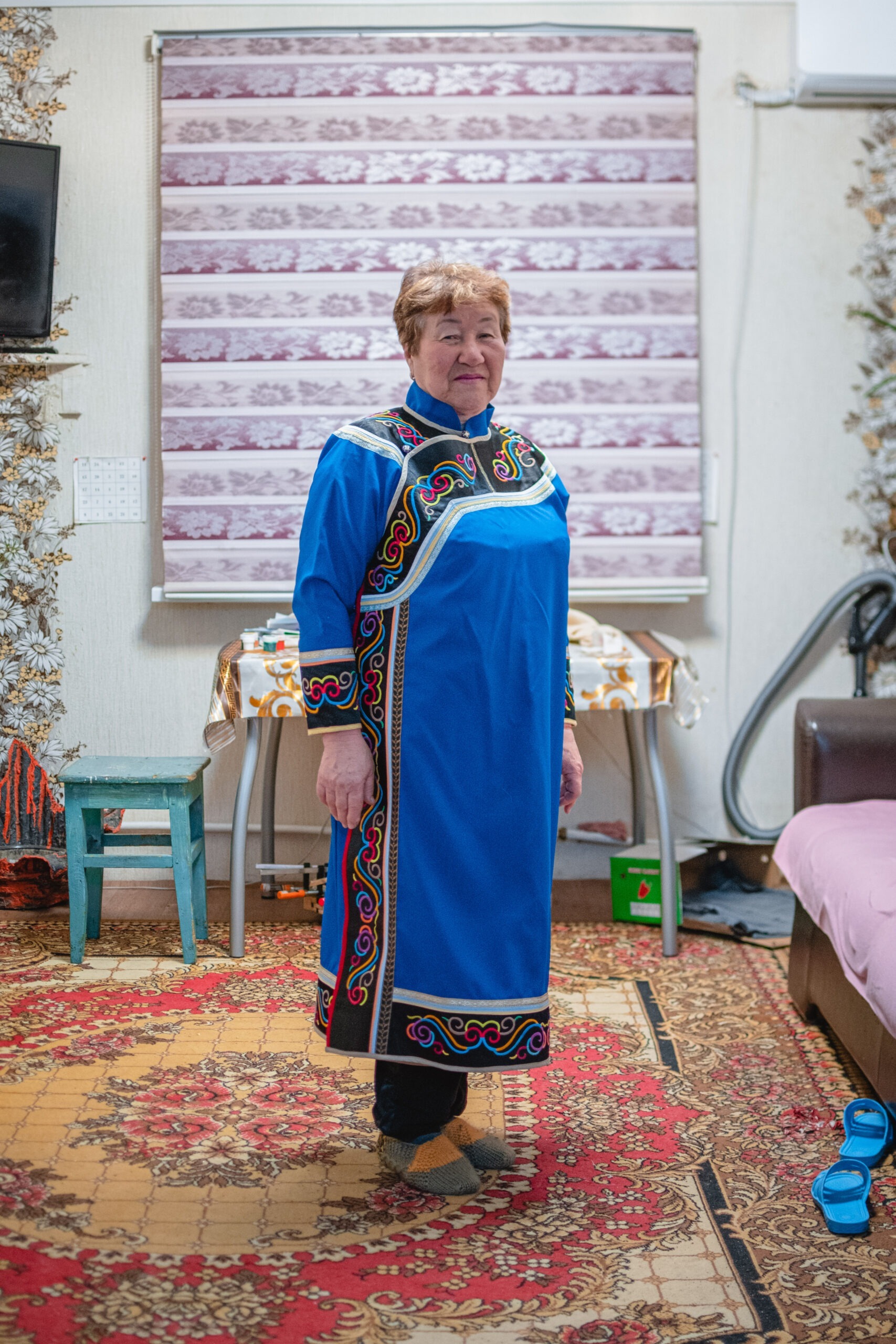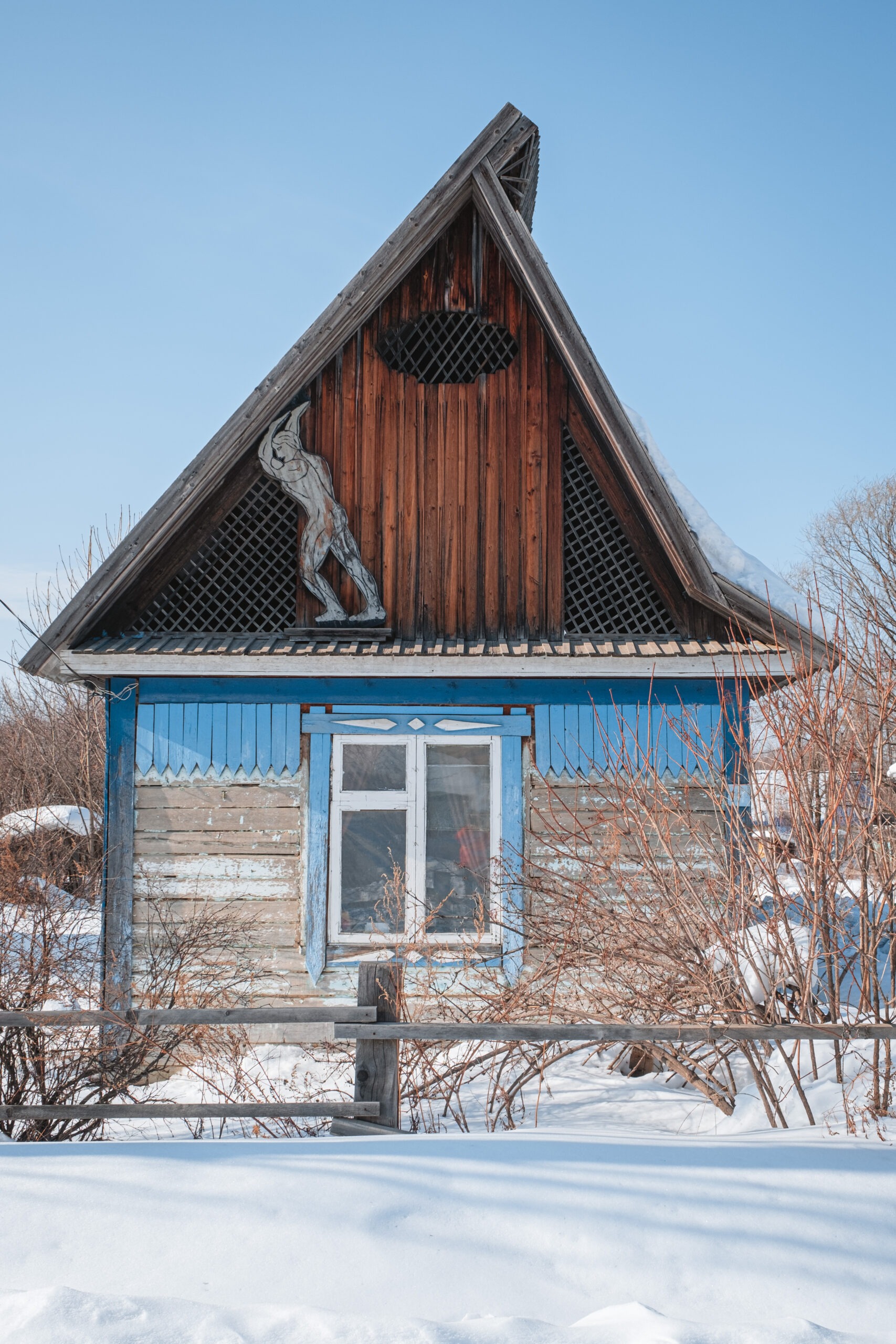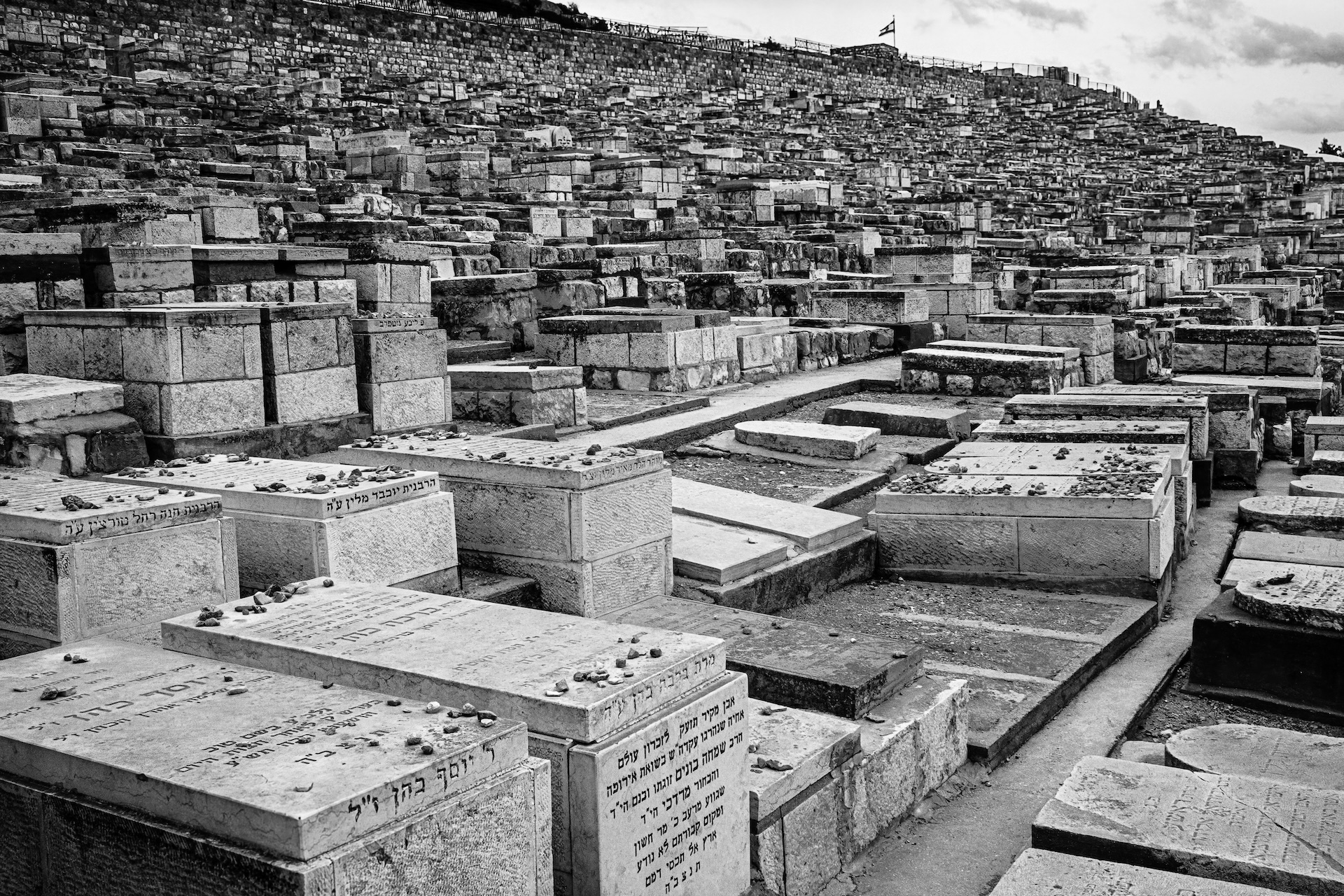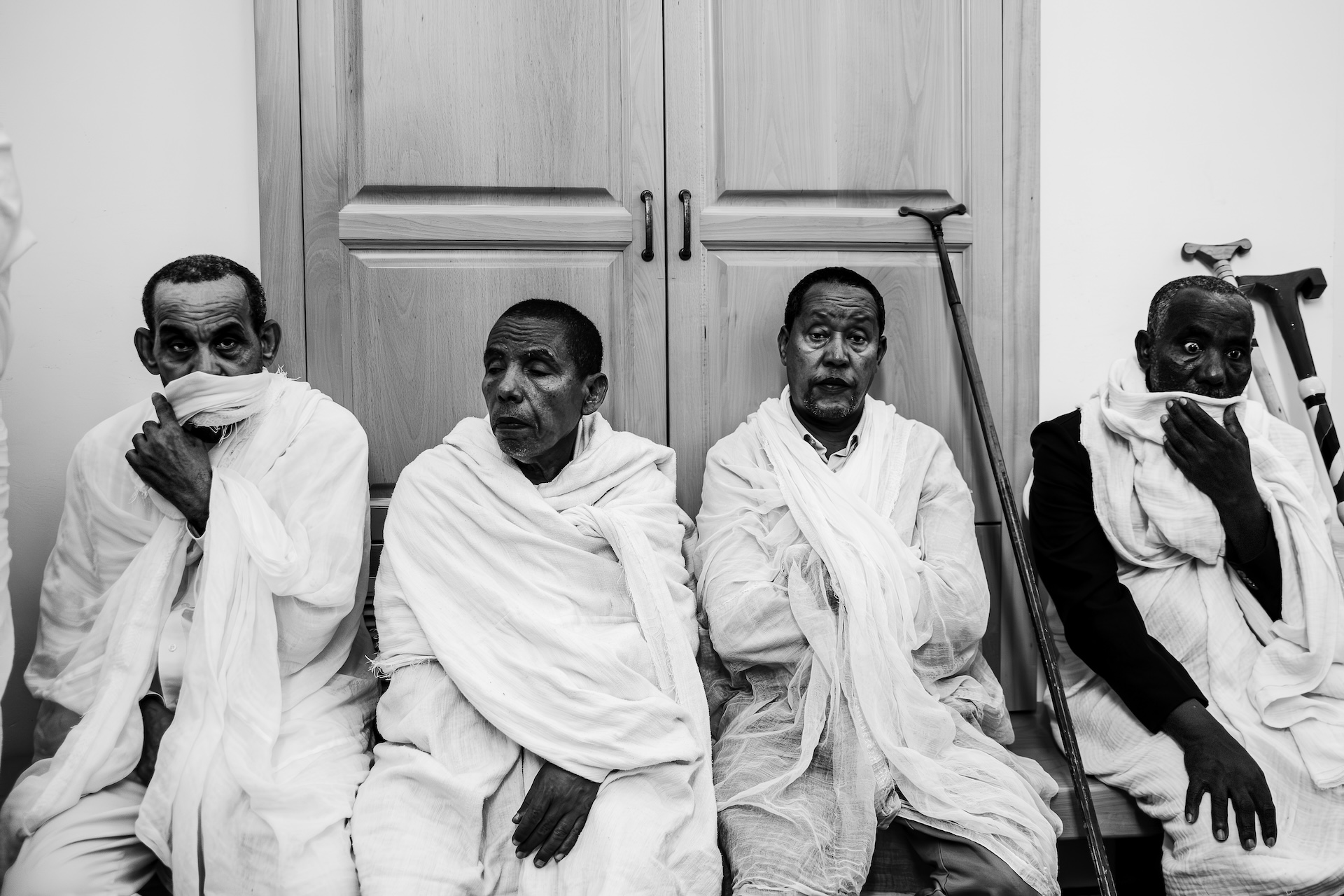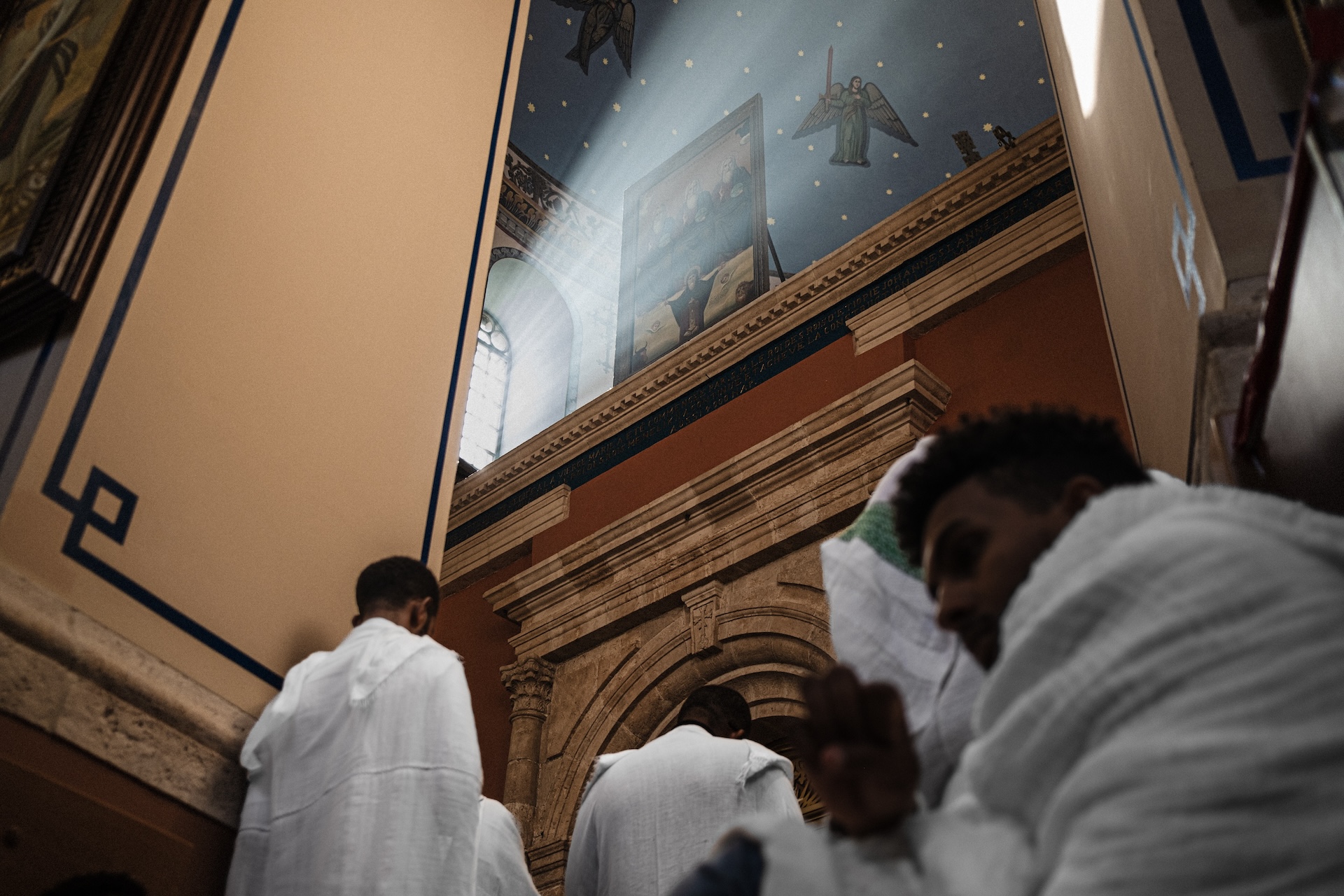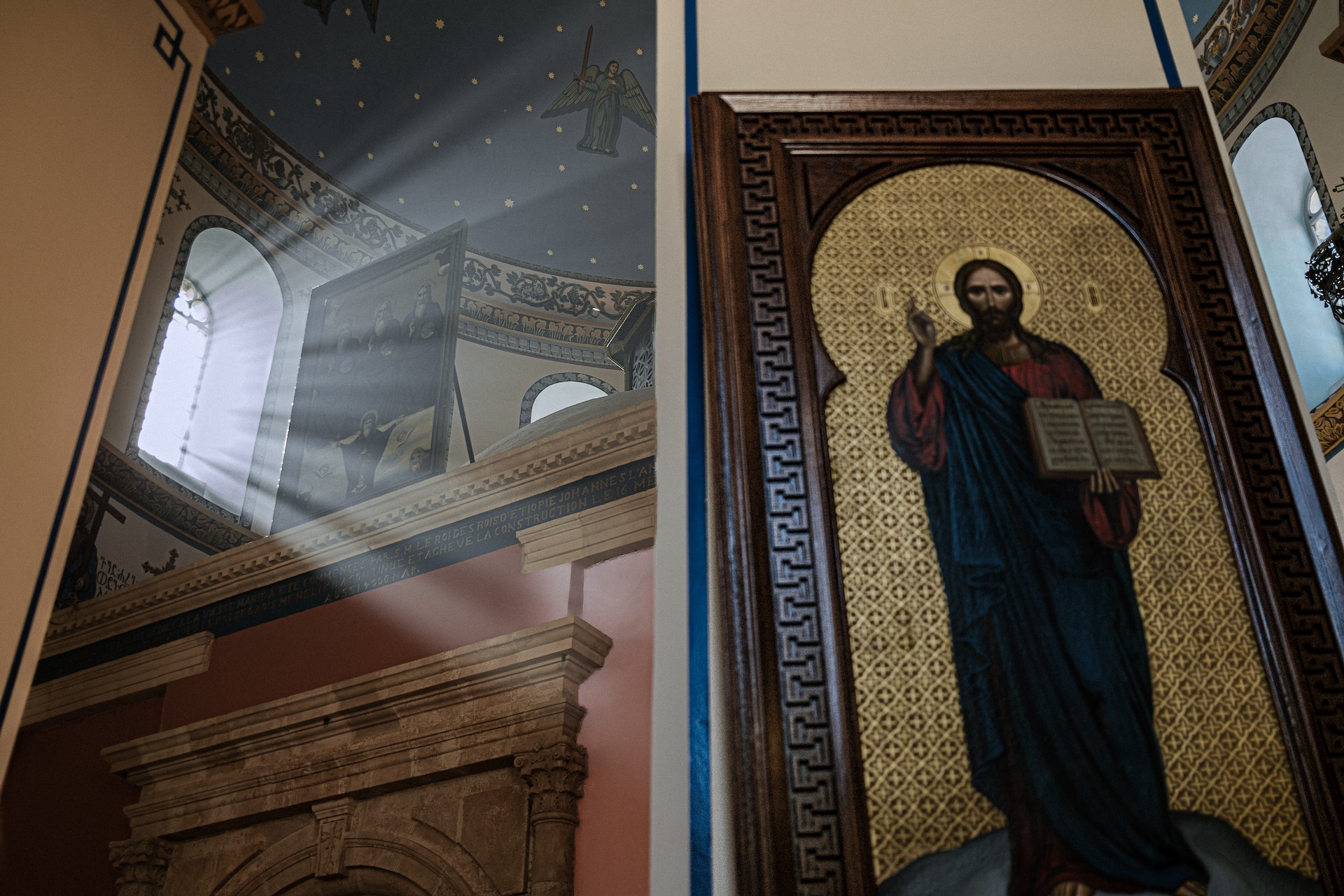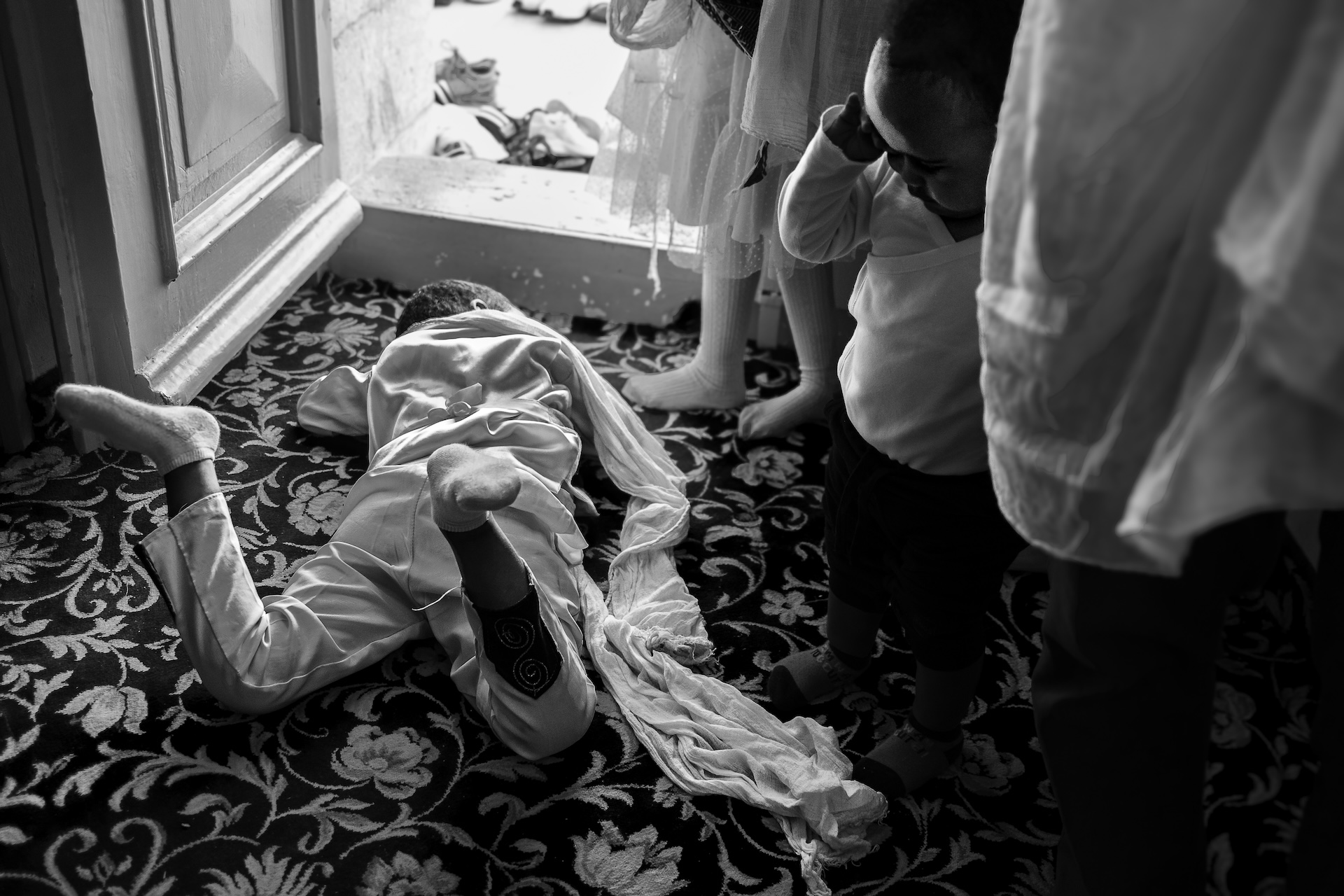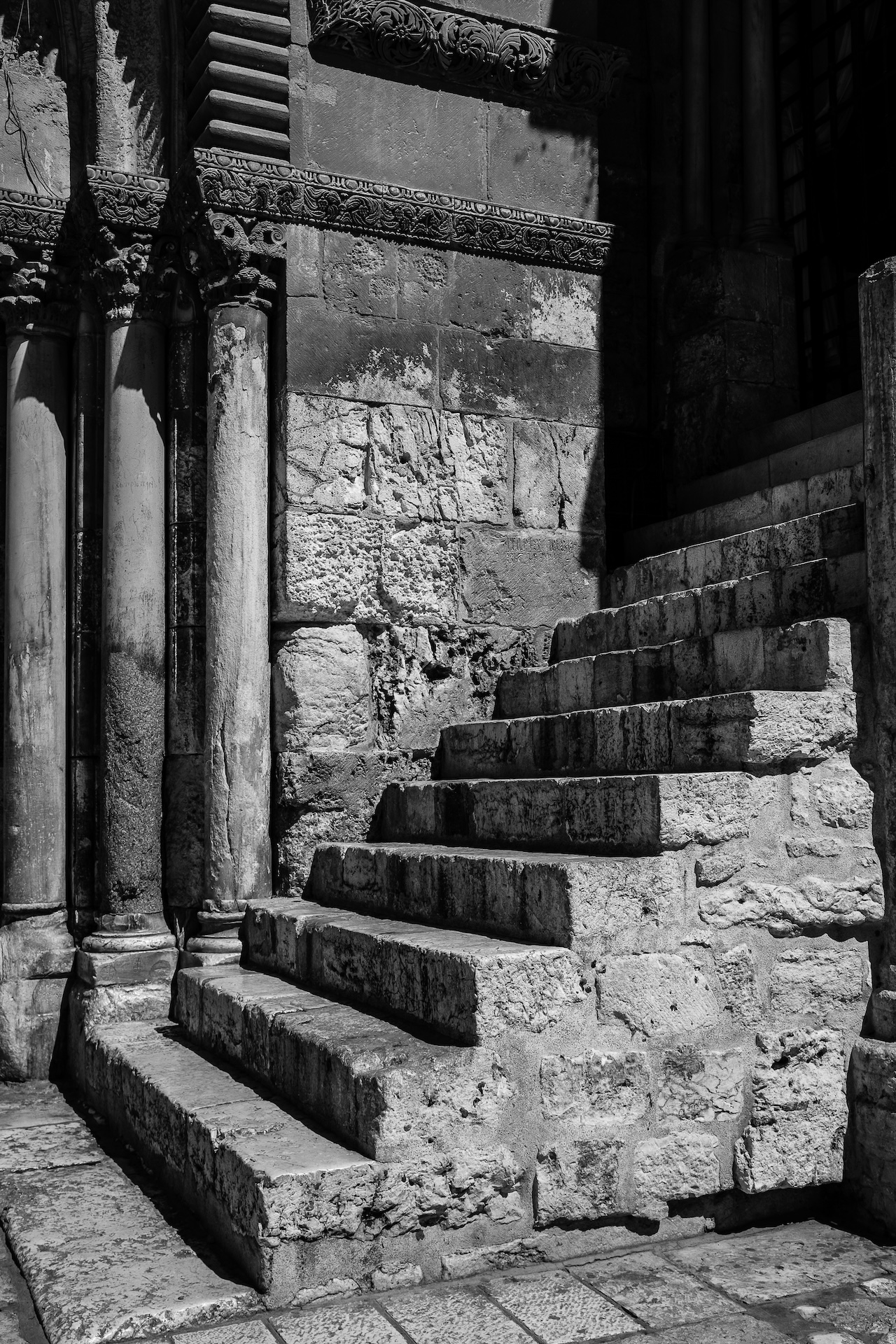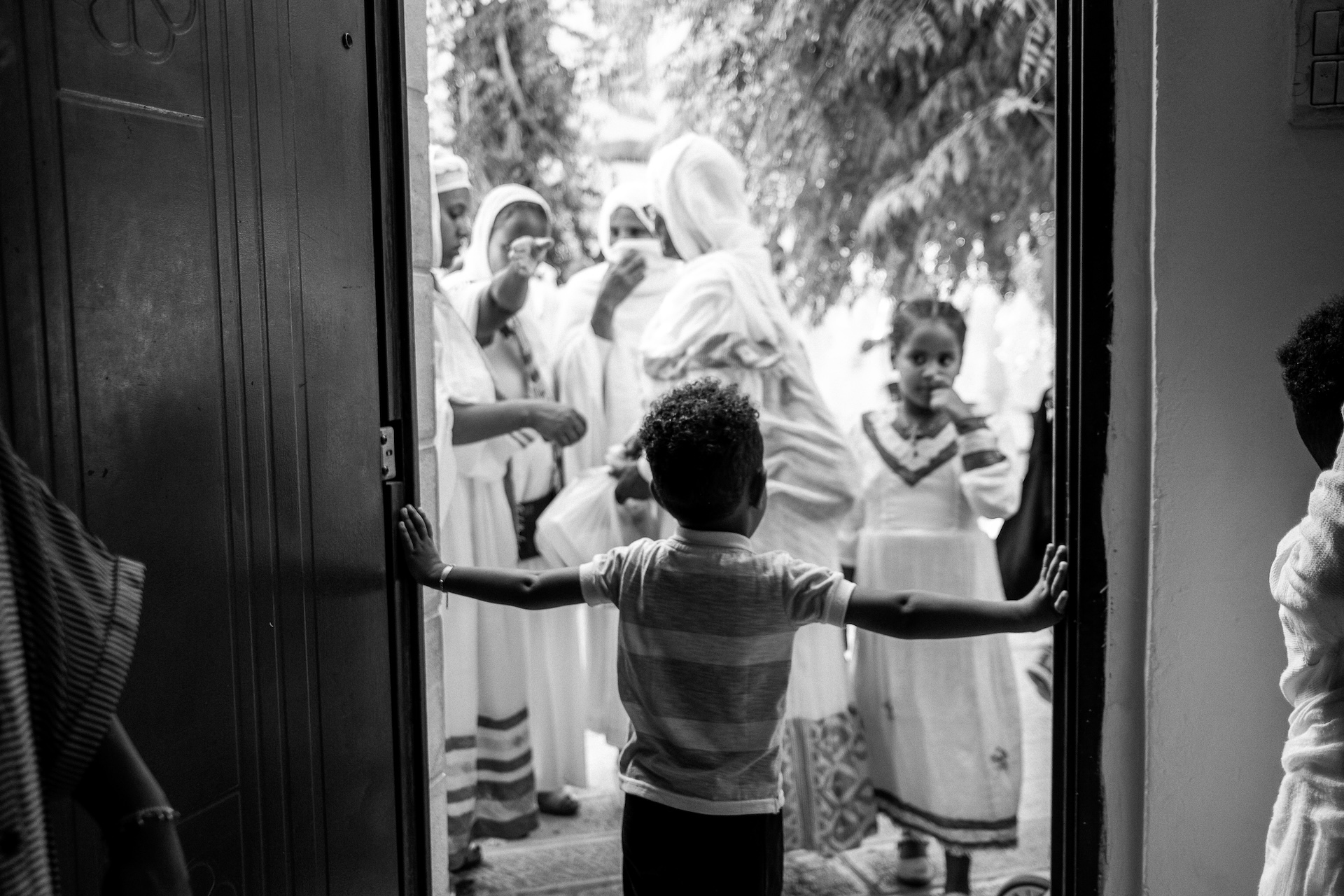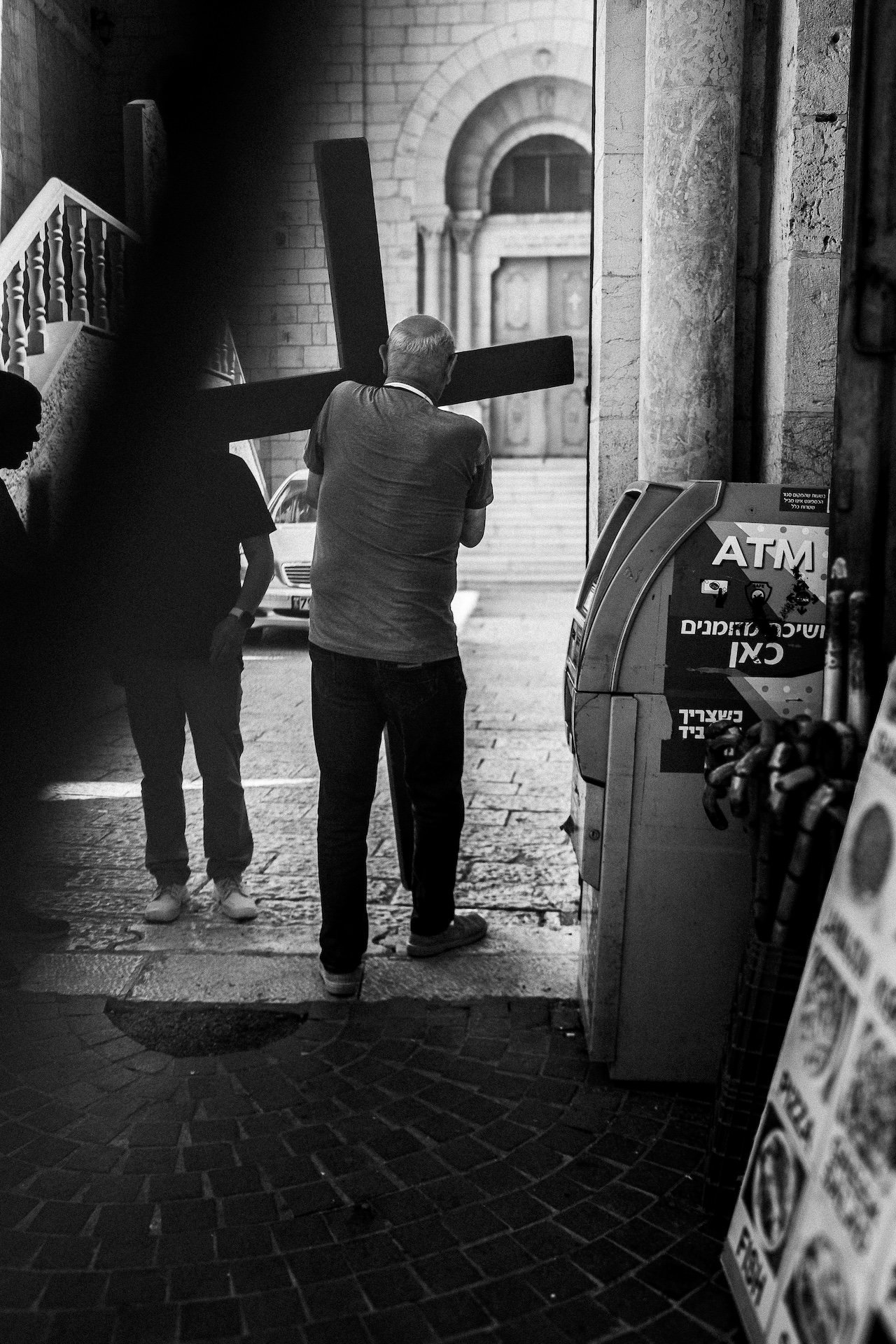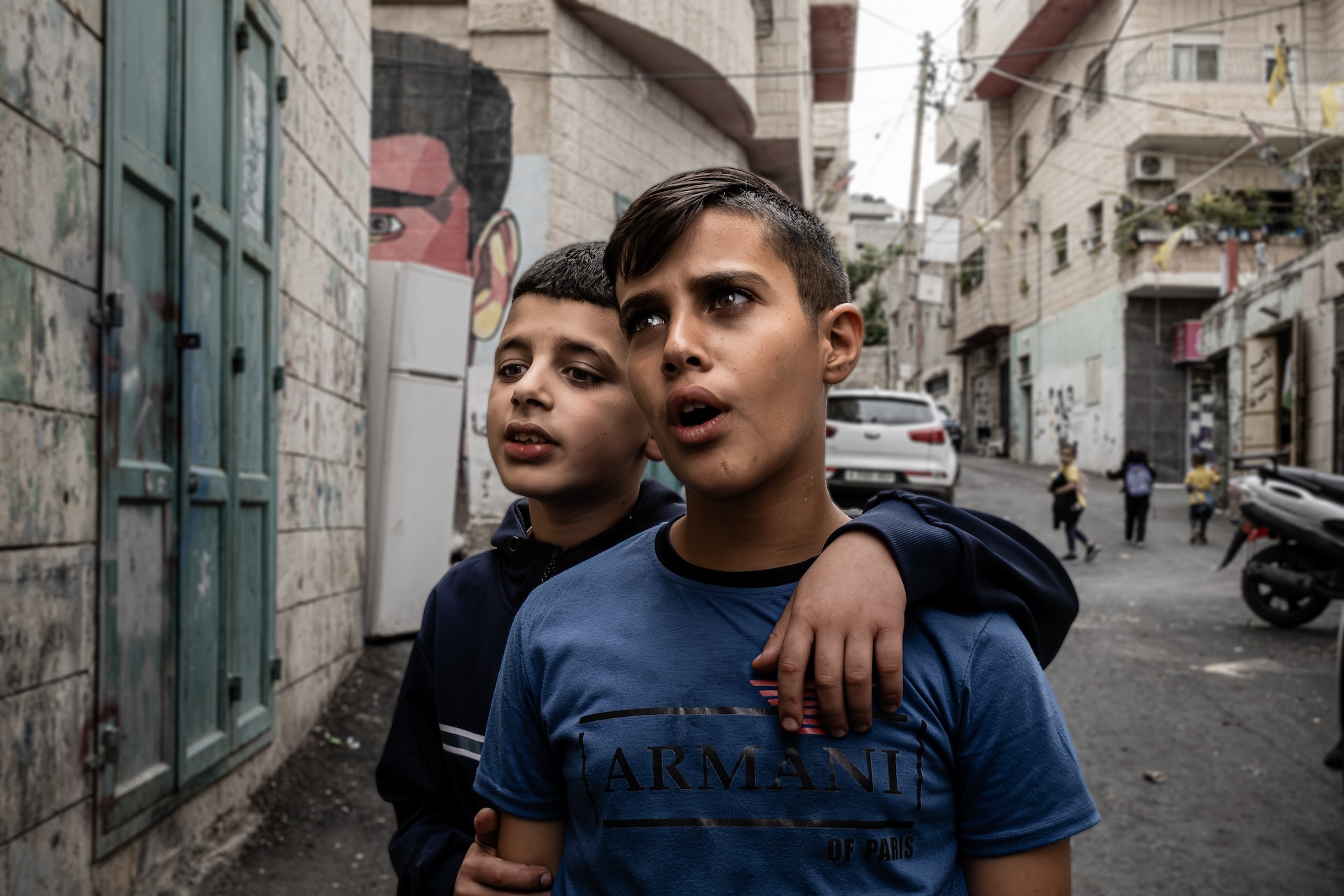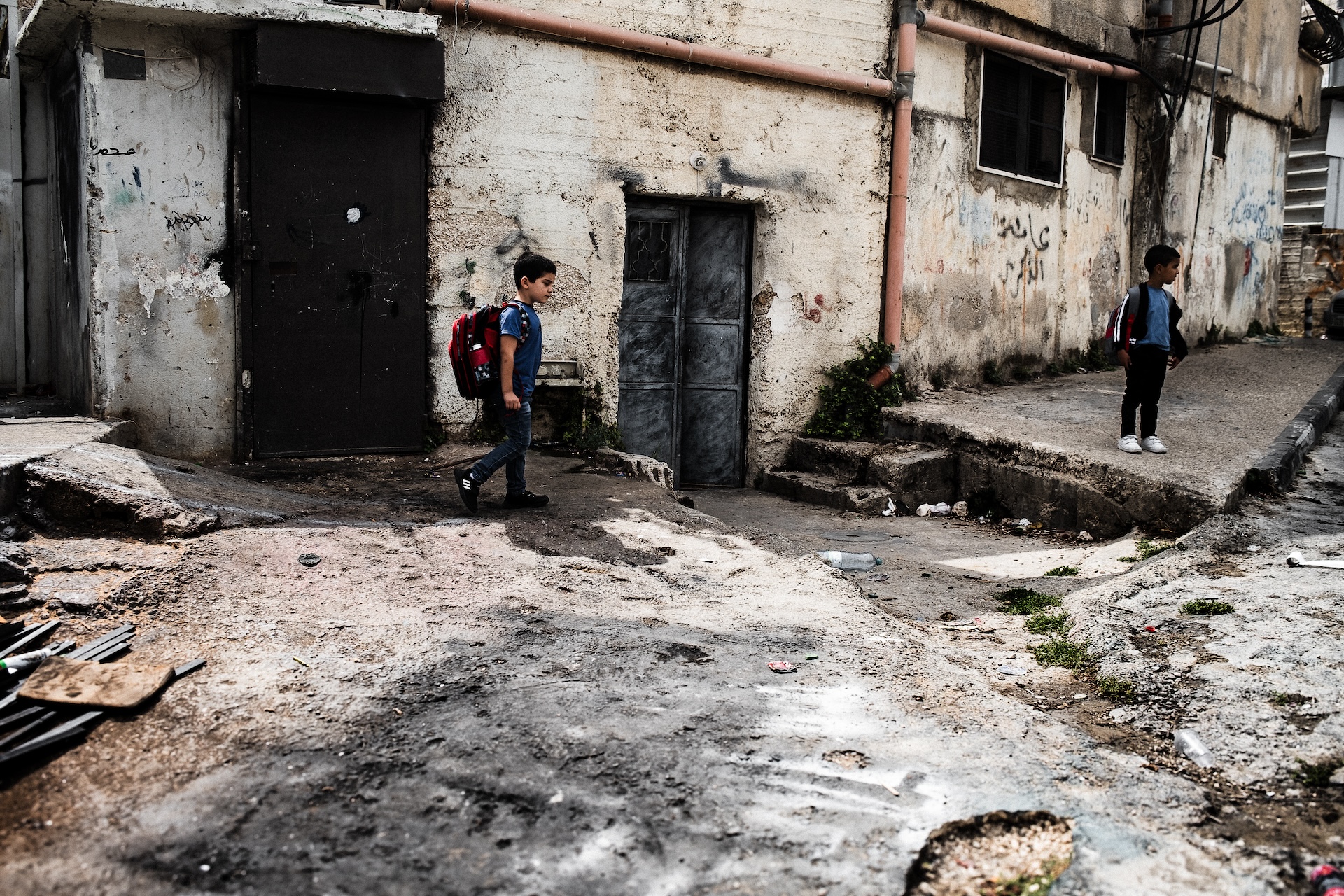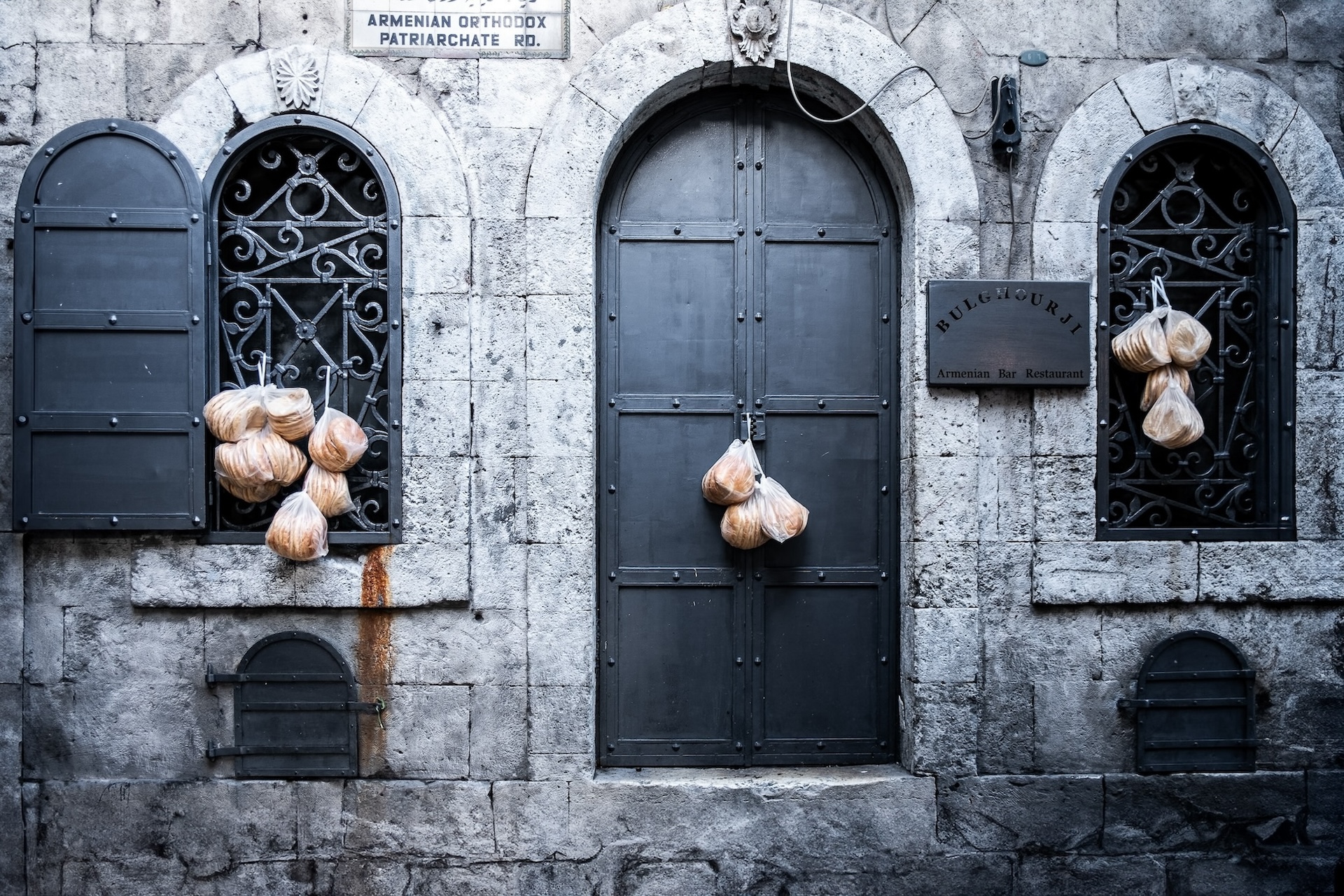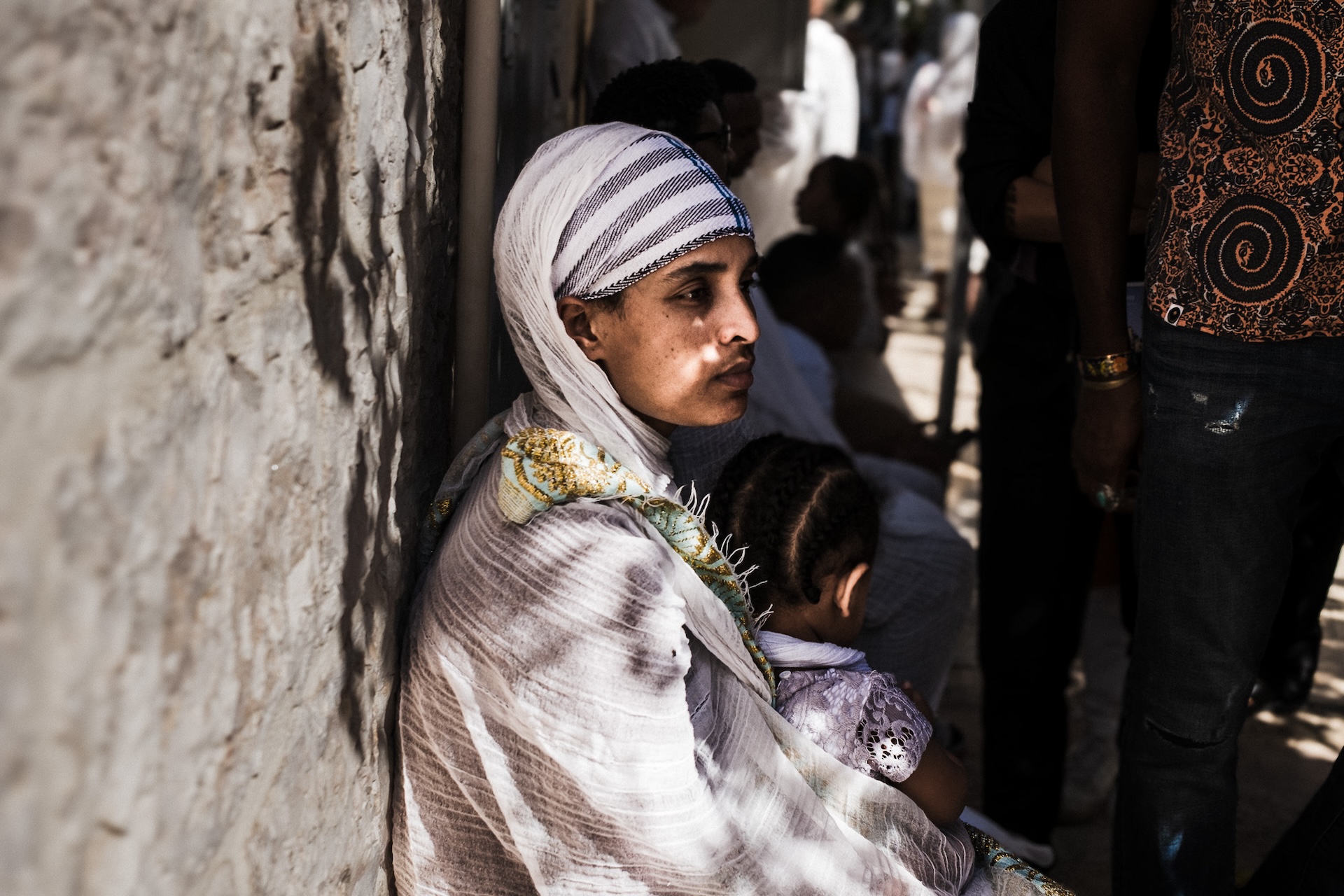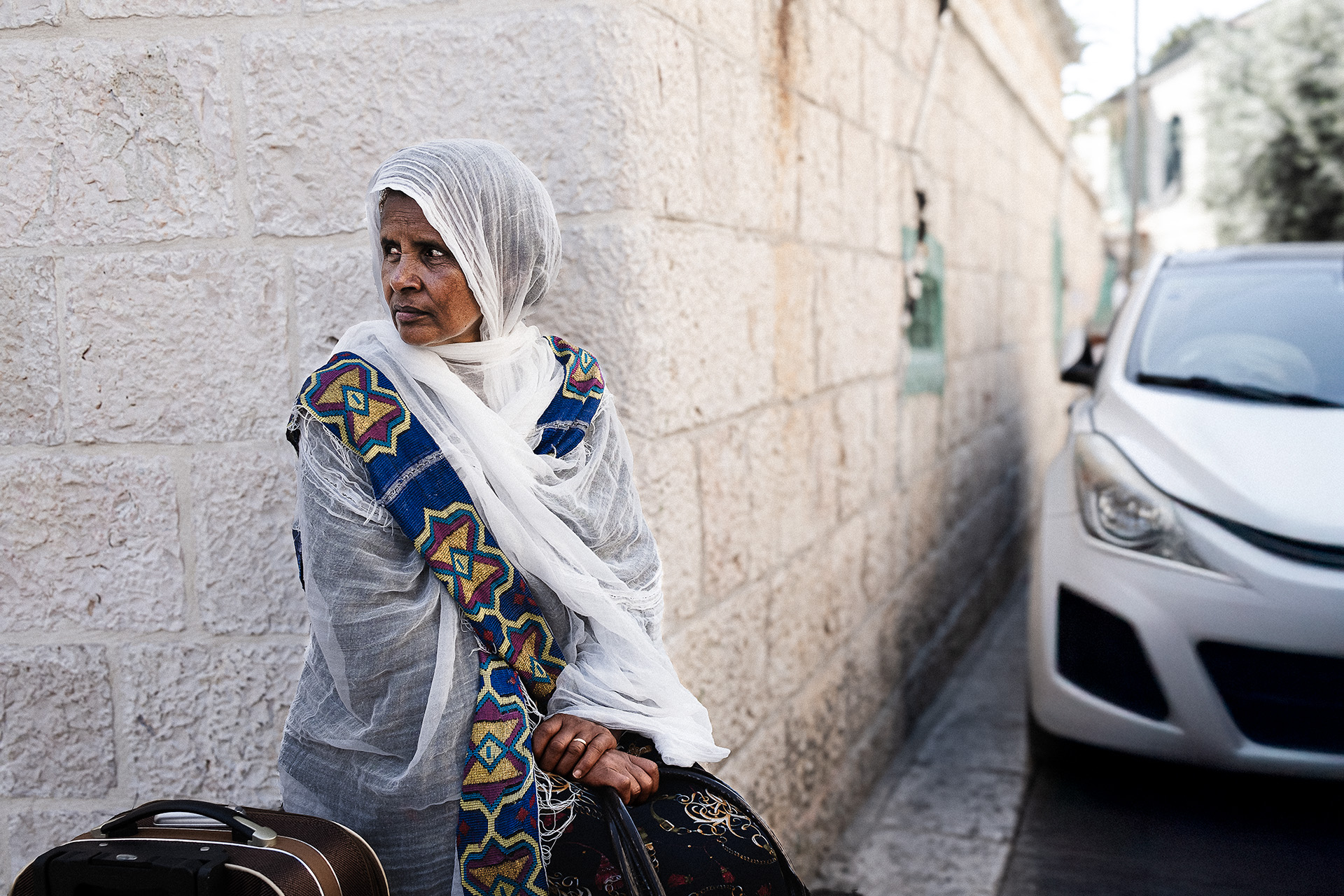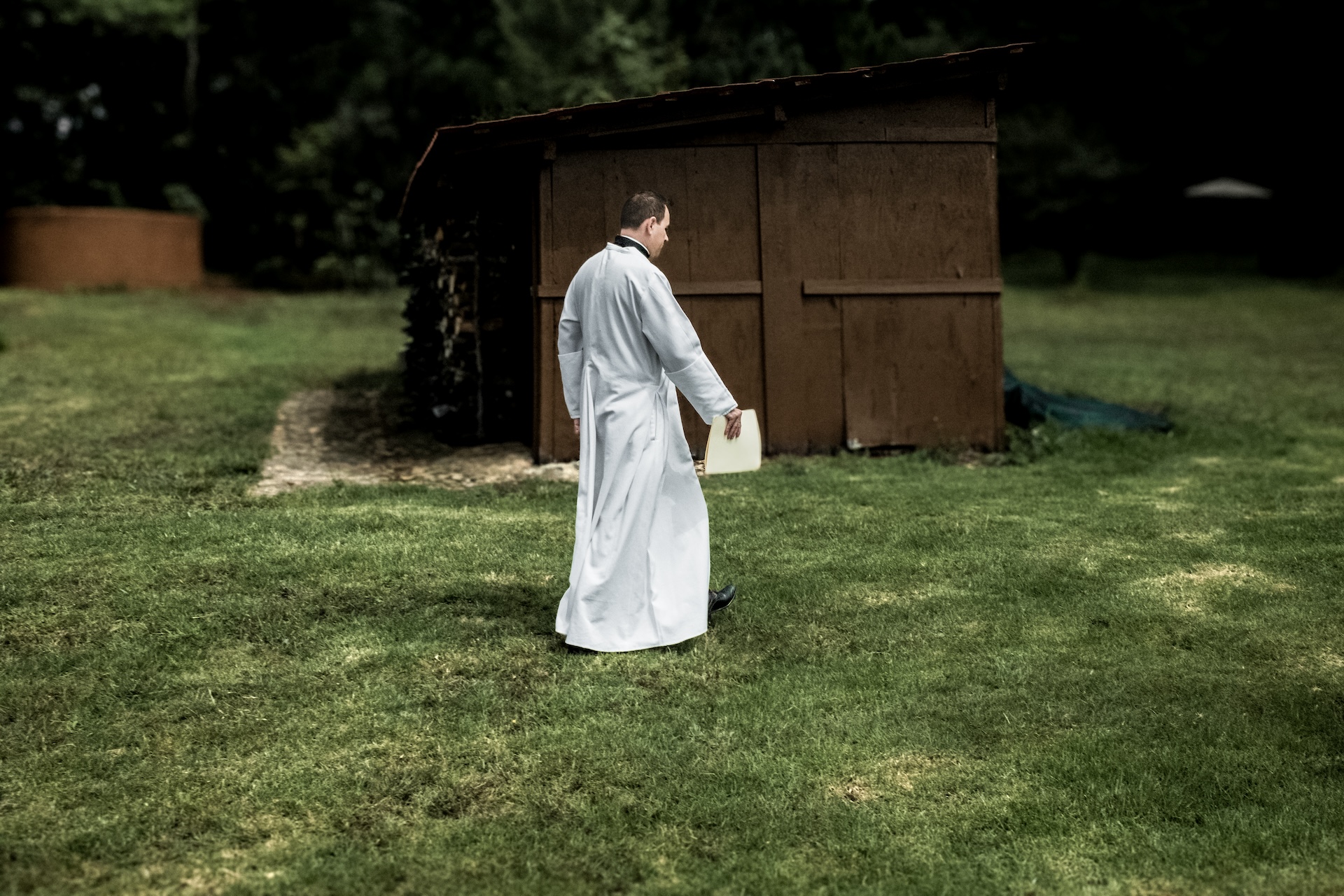Biography:
My photography is fundamentally driven by a question about life: what are we doing on this Earth and what is its purpose?
In search of answers, I travel the globe, meeting people from different walks of life and delving into our shared humanity. From documenting the traditions of the Udege people in the Russian Far East to the quiet intimacy of a Norwegian fi shing village of just forty residents, my objective remains clear: to create connections between these diverse human experiences and extract their universality.
I am convinced that all our experiences hold equal signifi cance, binding us together as human beings, equal and uniquely beautiful in our own ways.
Balancing between softness and bursts of color, between emotion and passion, my work skillfully alternates between the spontaneous and the refl ective, offering an authentic representation of the human encounters that I am privileged to capture.
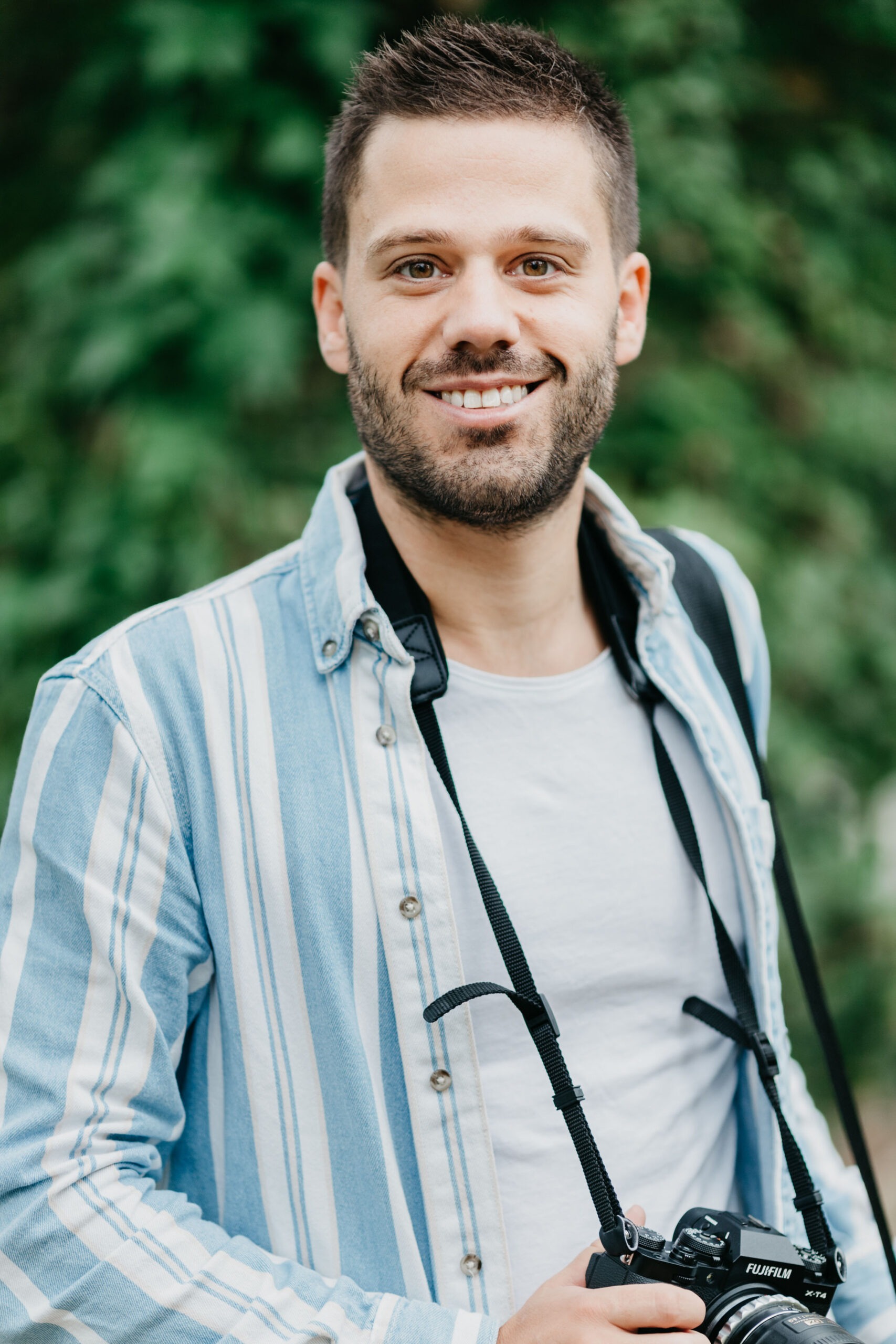
In Russia, there are over 40 recognized Indigenous peoples, totaling around 300,000 individuals. Among them are the Udege, a small community of hunters and fi shers living in the taiga forests of the Russian Far East. By 2017, only about 1,700 Udege remained, primarily in the Primorye region near the Chinese border.
For generations, their lives have been tied to the forest, often called the “Amazon of the Northern Hemisphere.” The Udege hold an animist worldview in which rivers, mountains, and animals are considered living beings. Fishing, hunting, and oral traditions remain central to their identity.
But their culture faces challenges. Industrial logging and poaching threaten the environment they depend on, while younger generations often migrate to cities for education and work. These pressures have left their villages vulnerable to depopulation and cultural loss.
Despite this, the Udege continue to preserve language, crafts, and rituals that root them to the taiga. My photo project documents this resilience, capturing the daily lives of a people determined to maintain their traditions in a rapidly changing world. In Russia, there are 40 indigenous peoples, totaling around 300,000 people, mostly located in Siberia and the Russian Far East.
The Udege people have been steadily declining, with only 1,700 remaining by 2017, primarily in the Primorye region. This decline is driven by rural migration for better job opportunities, and the region’s industrial impact is threatening their ecosystem.
In this remote taiga region, known as the “Amazon of the Northern Hemisphere,” the Udege are working to preserve their traditions and culture.

